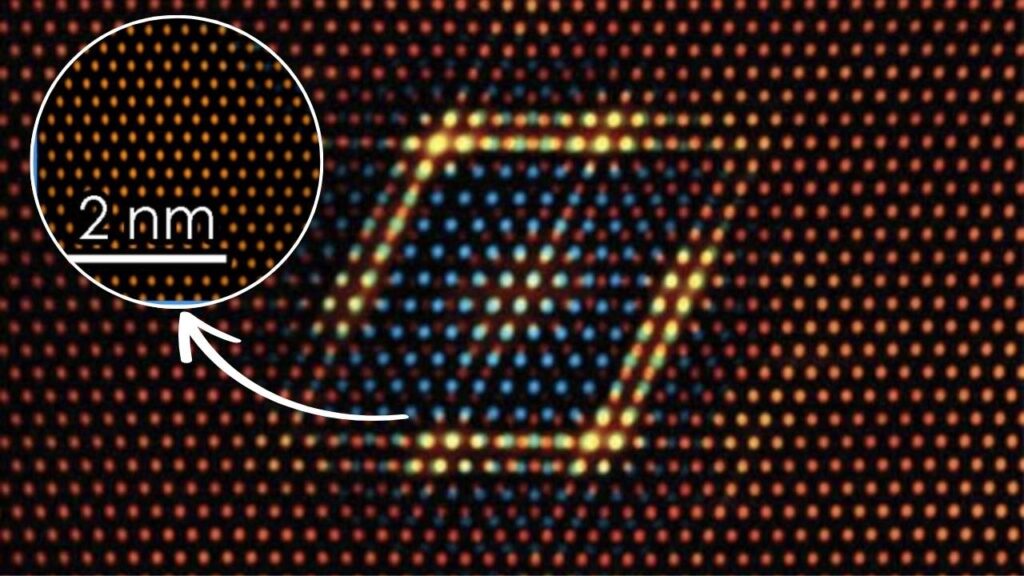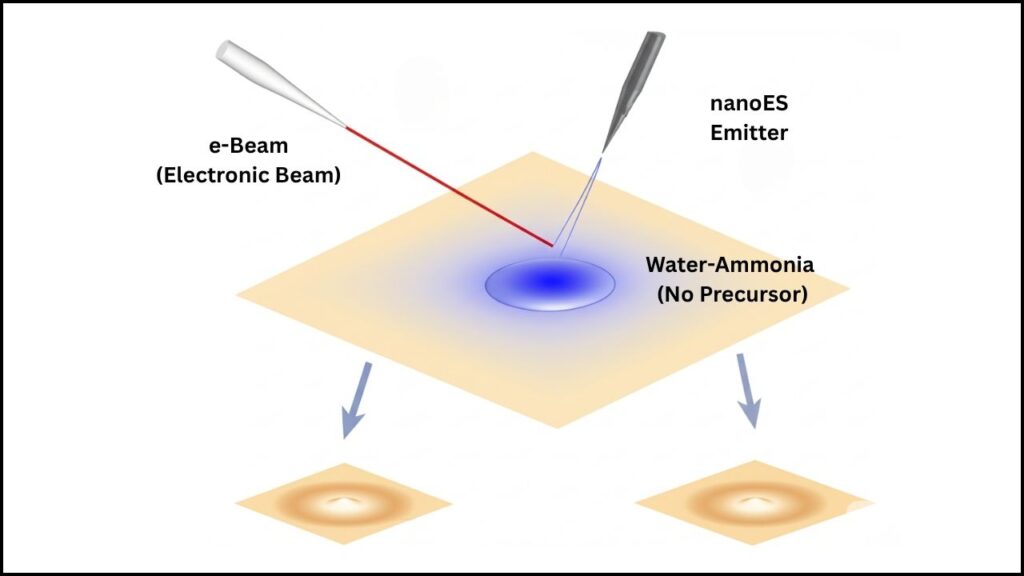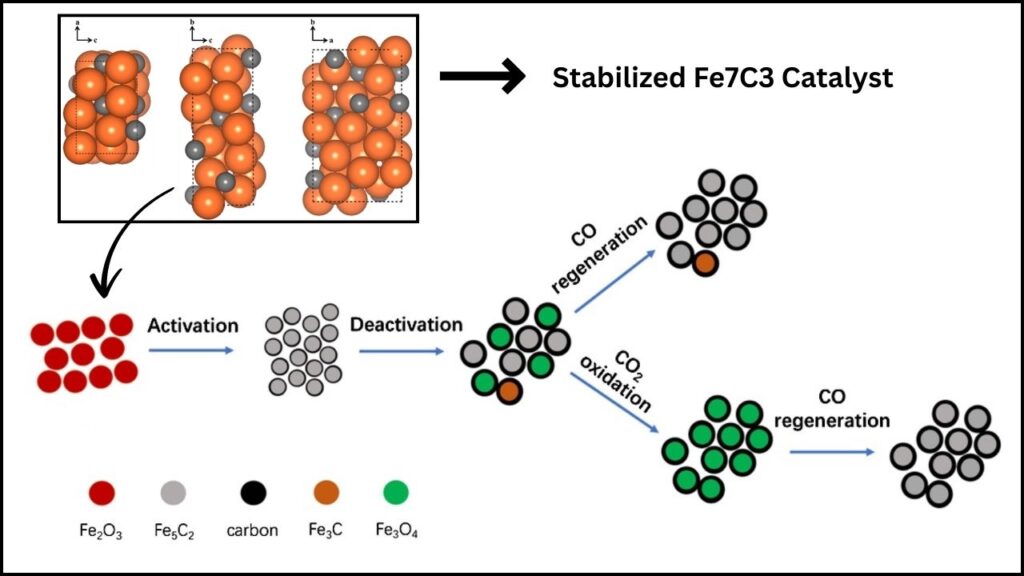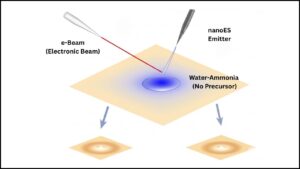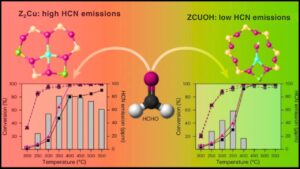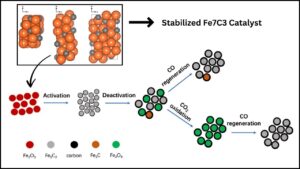Superconductors have long fascinated scientists and engineers as materials that can carry electricity without resistance, making them crucial for technologies like MRI machines, particle accelerators, and emerging quantum devices. But the process of making superconductors has been complex, slow, and rigid—until now. A groundbreaking discovery by Cornell University has introduced a one-step, 3D-printing method using a soft matter approach that has shattered records in superconductor performance, opening exciting new frontiers in materials science and technology.

Table of Contents
What Is a Superconductor and Why Does It Matter?
A superconductor is a special material that carries electricity with absolutely zero electrical resistance. Unlike ordinary wires, which lose some energy as heat, superconductors transport electric current perfectly, which means more efficient energy transmission and powerful magnetic fields without energy loss. This is why superconductors are essential for MRI machines in hospitals, particle accelerators used in physics labs, and are key building blocks for next-generation quantum technologies.
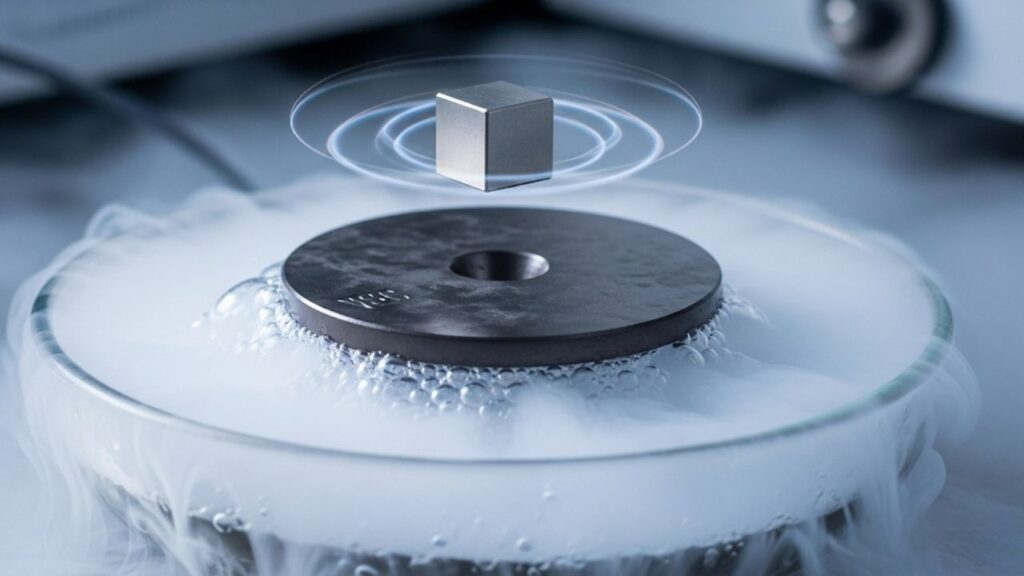
However, helping these wonders of physics reach their full potential has been hampered by the difficulty and expense of manufacturing superconductors, especially in complex shapes or with special properties needed for advanced applications. The conventional fabrication processes typically involve many steps such as synthesizing powders, mixing with binders, heating, and pressing—making scaling up or customizing superconductors challenging.
The Breakthrough: 3D Printing with Soft Matter
Cornell’s team, led by Professor Ulrich Wiesner, has now developed a revolutionary “one-pot” 3D-printing process that uses soft matter—specifically, block copolymers that naturally self-organize on a nanoscale—to design and form superconductors directly during printing. This innovative ink, combining these copolymers with inorganic nanoparticles, allows the material to self-assemble into complex hierarchical structures in a single printing and heat treatment step.
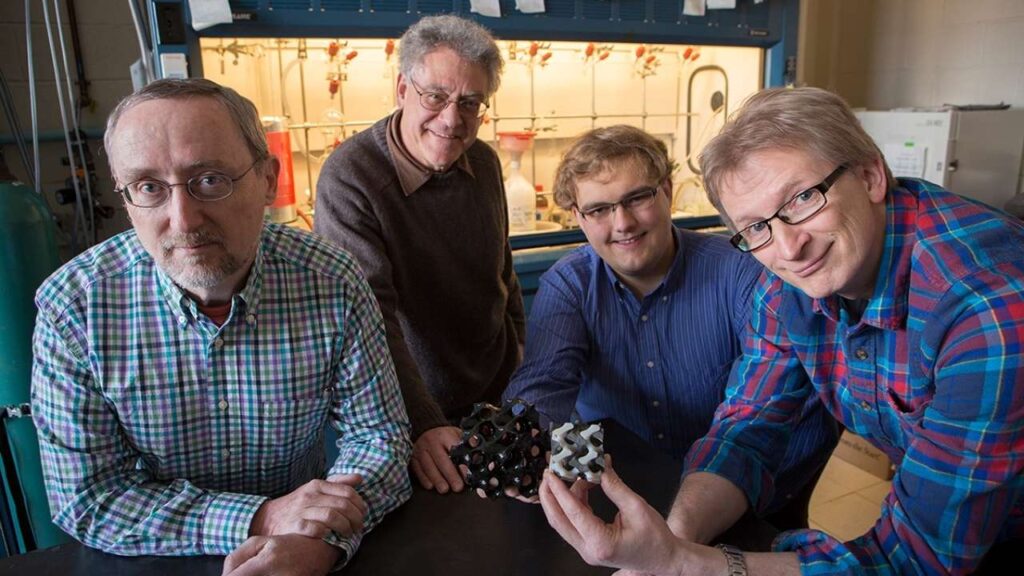
After printing, the material undergoes heat treatment, transforming into a porous, crystalline superconductor with properties unattainable by traditional methods. The structure is organized on three different scales:
- Atomic scale: atoms arrange into a crystalline lattice.
- Nanoscale: block copolymers create mesostructured, repeating patterns.
- Macroscopic scale: the 3D printer forms coils, helices, or other complex designs tailored to specific uses.
This three-level structure provides new ways to tune superconducting properties and create custom geometries without additional complicated manufacturing steps.
3D-Printed Superconductor Sets Record With Soft Matter Approach
| Feature | Details |
|---|---|
| Institution | Cornell University |
| Innovation | One-step 3D printing using soft matter (block copolymer-inorganic nanoparticle ink) |
| Material Focus | Niobium nitride (NbN) superconductor |
| Record Performance | Upper critical magnetic field of 40 to 50 Tesla (highest confinement-induced value reported) |
| Applications | MRI magnets, energy transmission, quantum devices, fusion reactors |
| Research Lead | Professor Ulrich Wiesner, Department of Materials Science and Engineering |
| Publication | Nature Communications, August 2025 |
| Future Scope | Expansion to other compounds (e.g., titanium nitride), complex 3D architectures for quantum tech |
| Official Source | Cornell News |
Cornell University’s 3D-printed superconductor breakthrough represents a major leap forward in materials science. By combining soft matter physics with innovative 3D printing, researchers have set new performance records and unlocked unprecedented control over superconductor design and fabrication. This advancement promises far-reaching impacts—from medical imaging to quantum computing and clean energy—making superconductors more accessible, versatile, and powerful.
In an era where materials are no longer just discovered but designed and fabricated with precision, this innovation marks the dawn of a new superconducting age. The promise of software-like control over quantum materials could transform countless industries, heralding a future where energy flows more freely and technology reaches new heights.
How This Technology Works: A Step-by-Step Guide
Step 1: Designing the Superconductor Ink
The key to this breakthrough is a specially engineered ink. It consists of:
- Block copolymers: Soft, chain-like molecules that naturally arrange themselves into nanoscale, repeating patterns without external guidance.
- Inorganic nanoparticles: These become the actual superconducting material upon heat treatment.
The combination is designed so that the polymer acts as a guide during printing, organizing the material in microscopic patterns ideal for superconductivity.
Step 2: 3D Printing with Self-Assembly
During 3D printing, the ink is extruded layer by layer. As it is deposited, the block copolymers spontaneously self-assemble into mesoscopic structures, while the overall shape is built up by the printer. This simultaneous formation of structure and shape is a huge leap from traditional methods where structure and form are separate and slow processes.
Step 3: Heat Treatment
After printing, the entire structure is heat treated (annealed). This process:
- Converts the organic polymer-nano composite into a porous, crystalline superconductor.
- Removes the polymer material, leaving behind a networked metal nitride structure.
- Creates a hierarchical architecture, from atomic lattice to nanoscale pores to the full 3D shape.
Step 4: Achieving Record Performance
In experiments, the team produced 3D printed niobium nitride superconductors exhibiting an upper critical magnetic field between 40 and 50 Tesla—a new record for confinement-induced superconductivity in this material. For comparison, highly advanced magnets in the Large Hadron Collider peak around 8 Tesla.
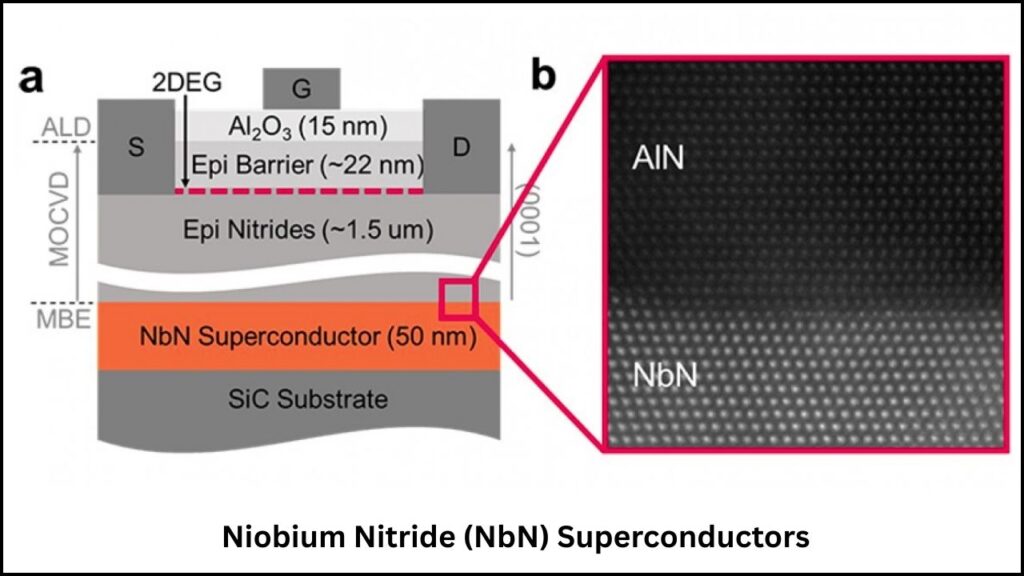
This property is vital because it defines how strong a magnetic field the superconductor can withstand while retaining its zero-resistance property, crucial for MRI machines and other uses where intense magnetic fields are necessary.
Practical Implications for Industry and Research
- Medical Imaging: Stronger, more compact MRI magnets that are cheaper and easier to manufacture.
- Quantum Computing: 3D-printed superconducting circuits engineered precisely for quantum devices.
- Energy: More efficient power transmission lines and compact coils for energy storage or fusion reactors.
- Aerospace & Wearables: Lightweight, flexible superconductors molded into advanced shapes for drones, vehicles, or wearable tech.
Mapping Material Design to Performance
What makes this research even more exciting is that the Cornell team established a direct relationship between the polymer design parameters and the superconductor’s physical properties. By knowing the characteristics of the block copolymer (like molecular weight), researchers can now predict and design the performance of the superconductor before even printing it.
This predictive capability changes the way materials will be developed:
- Moving from trial-and-error to programmable, software-like material design.
- Accelerating innovation by letting scientists “dial in” desired properties.
- Offering enormous potential to explore new superconducting compounds beyond niobium nitride.
Researchers Uncover Hidden Mysteries of High-Temperature Superconductors: A Comprehensive Guide
New Quantum Weirdness Spotted in Superconductor—Could It Upend Physics?
MIT Just Found a Superconductor That’s Also Magnetic — Physics Textbooks May Need a Rewrite
FAQs About 3D-Printed Superconductor Sets Record With Soft Matter Approach
What is a superconductor?
A superconductor is a material that can conduct electricity without any resistance, meaning electric current flows perfectly without energy loss.
Why are superconductors important?
They are essential in technologies requiring strong magnetic fields or efficient energy transmission, such as MRI machines, particle accelerators, and quantum computers.
How is this new 3D printing method different?
Unlike traditional superconductor fabrication, which is slow and complex, this method uses a special ink that self-assembles while being printed, simplifying production and enabling custom 3D shapes.
What does the record upper critical magnetic field mean?
It means the superconducting material can work under extremely strong magnetic fields (40 to 50 Tesla) without losing its zero-resistance property, enhancing the capabilities of devices that use superconductors.
Can this technology be scaled or applied to other materials?
Yes. Cornell plans to expand this method to other superconducting compounds like titanium nitride and explore more complex shapes suited for next-gen technologies.
